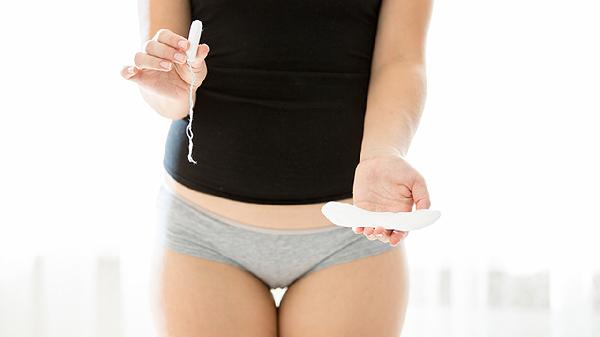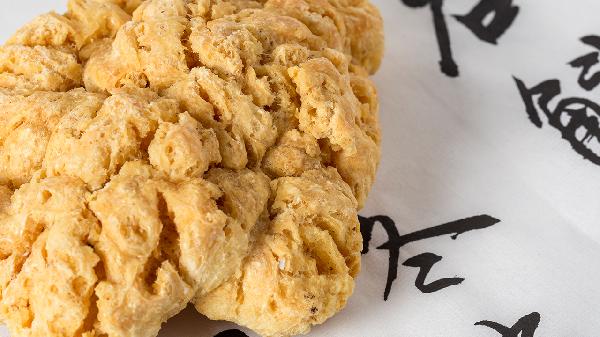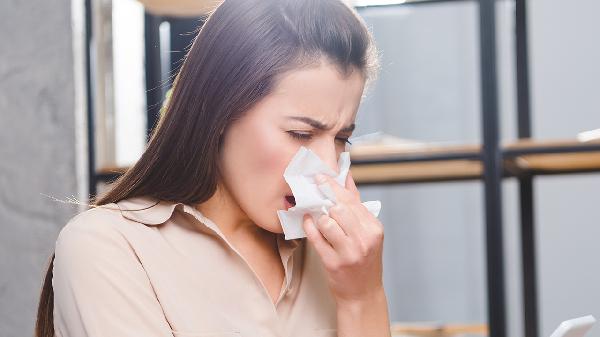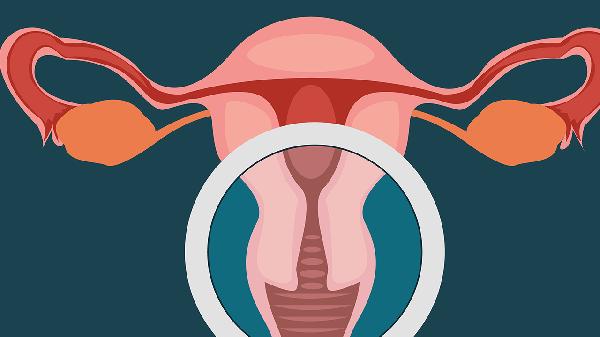After the baby is born, most mothers start producing breast milk to feed their child, so many people wonder, why wasn’t it there before?

How does the milk come right after the baby is born? Today, let’s take a closer look at how breast milk is produced.
There are two main reasons why mammary glands only start producing milk after childbirth:
1.After a woman becomes pregnant, changes in hormone levels prepare the mammary tissues for lactation. As the glandular tissue proliferates, the breasts gradually enlarge, and after childbirth, hormonal changes cause the breasts to start secreting milk. In fact, breast milk begins to develop gradually during pregnancy, but without the baby’s suction, colostrum remains in the breasts.
2. The moment the placenta is delivered after childbirth, progesterone levels in the body drop sharply, while oxytocin and prolactin levels continue to rise, triggering the abundant secretion of milk. Moreover, as the baby suckles the nipple after birth, it stimulates the nerve endings in the nipple. These nerves send signals to the pituitary gland, which then produces a large amount of prolactin. The secretion of prolactin causes the glandular cells in the breasts to produce milk in large quantities. Therefore, suckling is crucial for milk production. To ensure an adequate supply of breast milk, the baby should actively suckle the nipple within the first hour after birth. At the same time, the nipple sends signals to the brain, which helps produce more milk. When the mammary glands are unobstructed, milk will naturally be secreted and gradually increase.
To ensure a steady milk supply, during the middle and late stages of pregnancy, expectant mothers can gently massage or stimulate the nipples to facilitate postpartum lactation. Breastfeeding also promotes postpartum uterine contractions, aiding in the recovery of the uterus. Additionally, in the first seven days after childbirth, breast milk is at its most nutritious, with high protein content and abundant immune-active substances, which are essential for protecting the baby against infections and building their immune system.
























